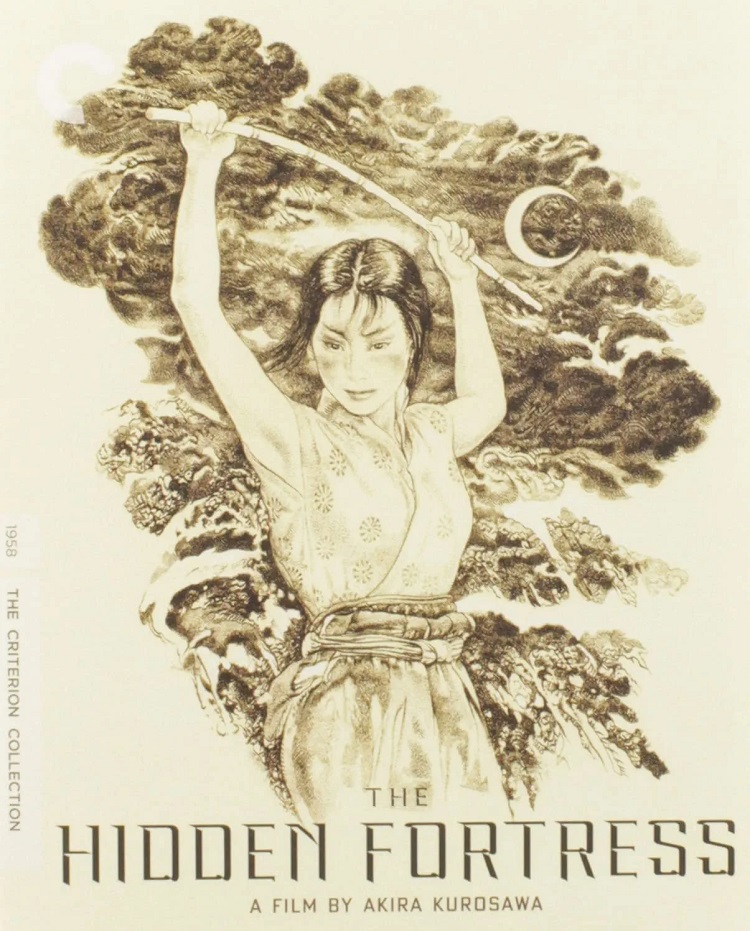
A long time ago in a country far, far away, esteemed director Akira Kurosawa filmed a grand adventure that took the unorthodox approach of framing the action through the perspective of the lowliest of peasants rather than gallant heroes. While those sniveling peasants eventually encounter and join a noble warrior and a princess in hiding, their initial misadventures add a light and comedic touch to a story that could have easily been staged as a conventional epic drama. George Lucas readily admits to being influenced by the film as a basis for the original Star Wars, drawing a direct parallel between those peasants and his bantering droids. There aren’t any Death Stars, but Kurosawa’s scruffy band of rebels have an equally menacing evil empire to defeat.
When the peasants meet a mighty swordsman (Toshiro Mifune), they’re initially apprehensive about his offer to share a secret cache of gold with them in return for their assistance in retrieving it from a hidden fortress. However, they’re also dirt poor and unscrupulous, so they’re soon doing everything in their limited power to find the gold and then steal it from the warrior. So what’s the story with all of the gold? Turns out a deposed princess has hidden her former kingdom’s treasure and needs to transport it through enemy lines with the assistance of her bodyguard the warrior in order to fund the start of a new kingdom.
The rebels disguise themselves and the gold, attempting to pass themselves off as commoners on the road while they continue to avoid detection by enemy troops patrolling the area. This subterfuge leads to many near misses as the enemies blanket the land in search of the gold and the princess. Meanwhile, the rebels aren’t exactly a cohesive unit, with the peasants constantly trying to steal the gold and the warrior and princess ever vigilant to their deception.
The film is a Criterion DVD staple dating back to 2001, but is just now receiving release on Blu-ray. The new release features a fresh 2K digital restoration that shines in hi def, with only minor debris and scratches noticeable in early scenes that largely disappear as the film progresses. That crisp precision reveals a flaw of the original film: scenes that are occasionally and unintentionally out of focus. However, it also adds new depth and clarity to Kurosawa’s original vision, providing the best possible viewing experience of this classic. The soundtrack includes uncompressed monaural, as well as an intriguing alternate 3.0 surround track preserving original simulated stereo effects, presented in DTS-HD. The effects are obviously no match for modern technology, but add surprising depth of field to what would normally be assumed to only offer mono presentation.
Bonus features are somewhat underwhelming, with the Lucas interview from the original DVD release, a trailer, and a new audio commentary by a film historian. The best feature is a documentary from 2003 on the making of the film, and while its image quality isn’t up to high-def standards, it provides a wealth of supplemental information about the film and Kurosawa.